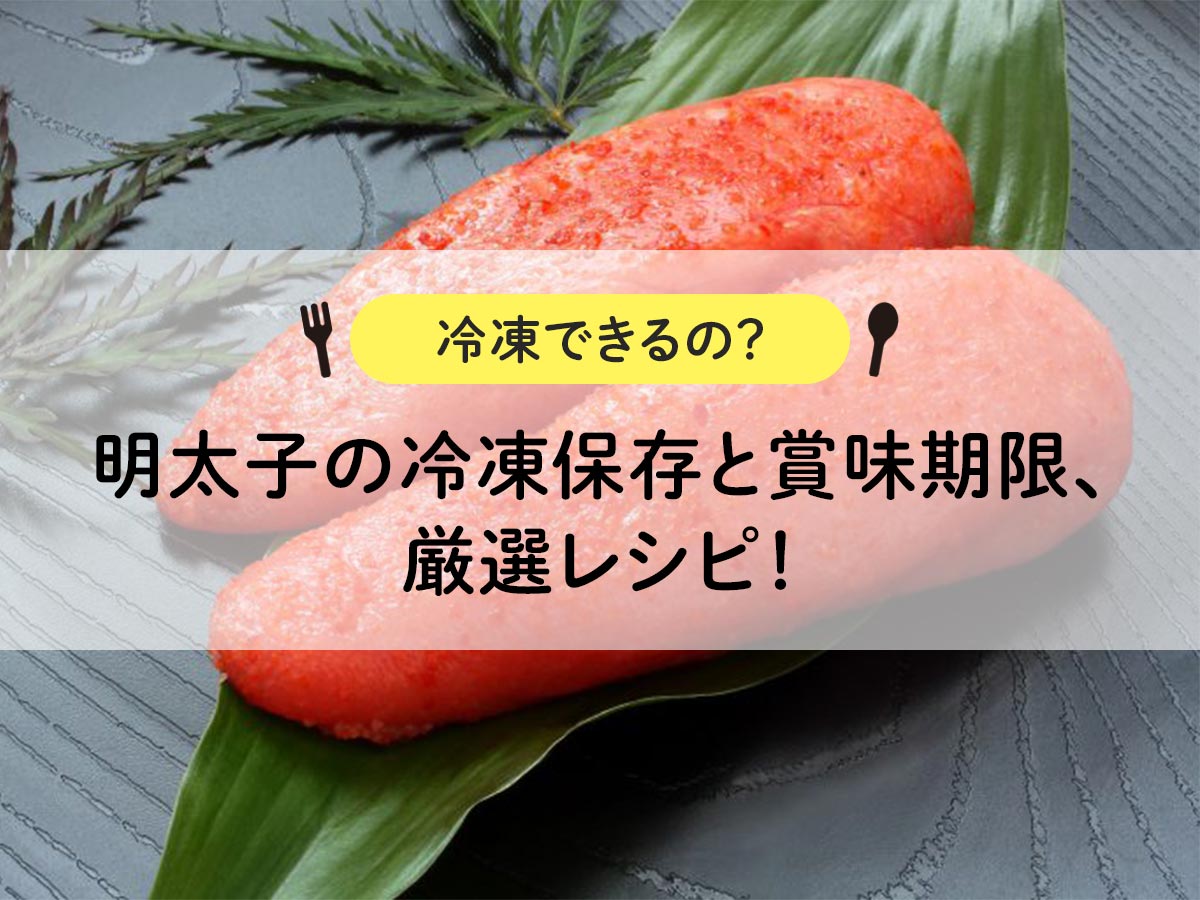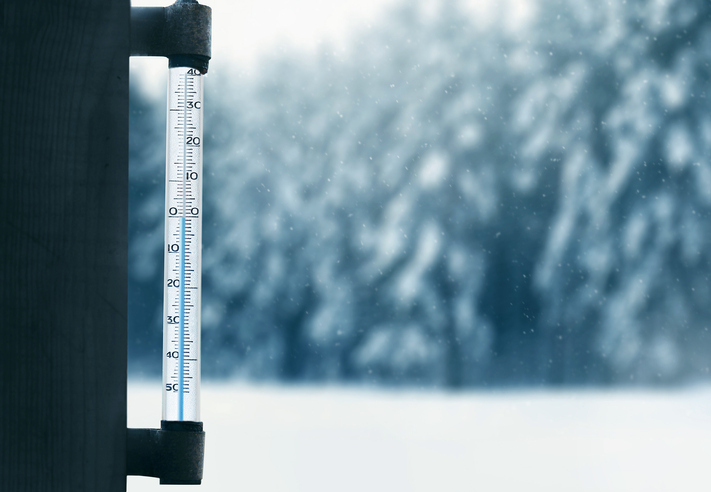[For vegetable processors] What is the blanching process that improves the quality of frozen vegetables?
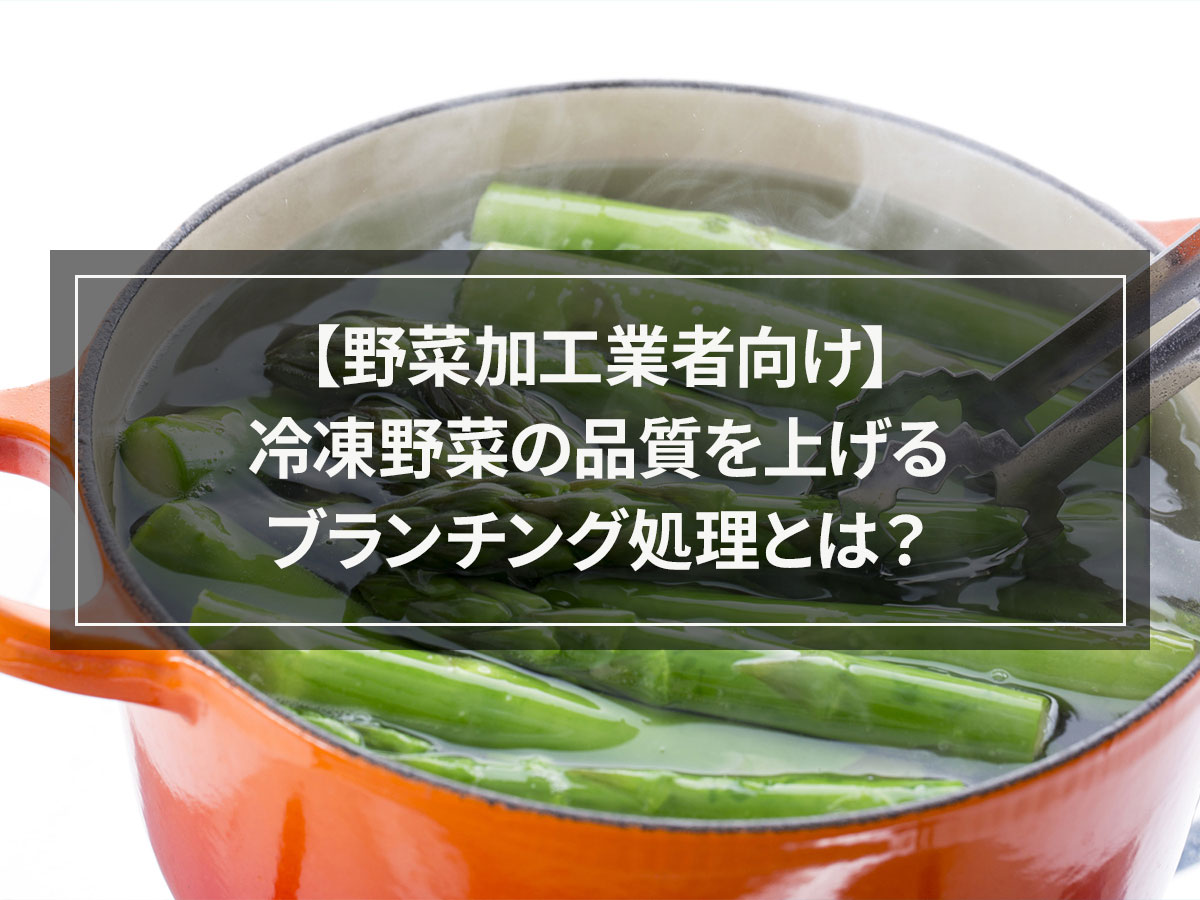
When vegetables are frozen, they tend to drip or lose their shape, reducing their value as a product.
Do you know the technique called "blanching" to prevent this? This is a way to greatly improve the quality of frozen vegetables.
In addition to improving the frozen quality of vegetables, it also suppresses discoloration and has a sterilizing effect.
This time, I will explain the blanching process when freezing vegetables for commercial use.
(See this article for how to do blanching at home.)
⇒ [Dramatically extends the shelf life of vegetables! ] What is blanching process?)
A must read for those who are having trouble figuring out how to freeze vegetables!
目次
What is blanching?
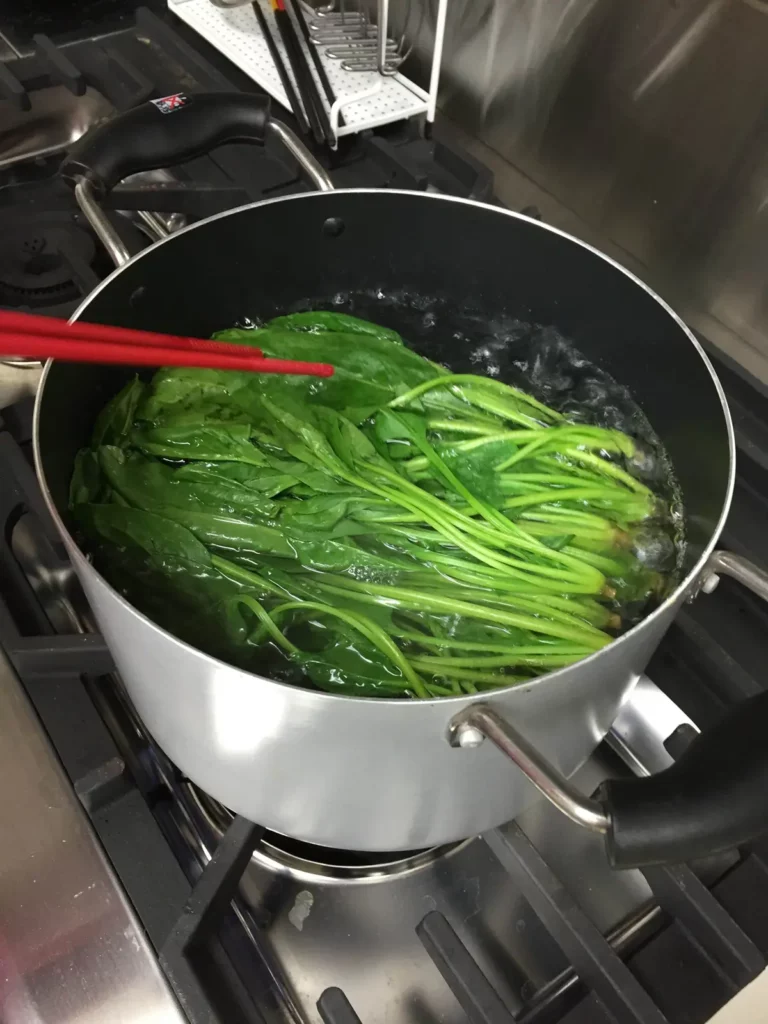
Overview of blanching process
Blanching is the process of heating vegetables and other foods before freezing them to make them more resistant to freezing.
If you freeze vegetables, when you thaw them, the moisture inside will come out and the quality will deteriorate. Blanching softens the tissue of vegetables and makes them more resistant to freezing.
Vegetables suitable for blanching
Legumes such as edamame, potatoes, corn, pumpkin, and spinach are often blanched before freezing.
On the other hand, mushrooms such as king king mushrooms are often frozen without blanching. Mushrooms have a low water content, so they are resistant to freezing and do not require blanching.
Types of blanching process
There are two types: normal blanching and low temperature blanching.
Conventional blanching involves heating vegetables by passing them through boiling water at 100℃ or by applying steam to them. Many vegetables soften when heated at temperatures close to 100℃, so they are suitable for use in cooking after thawing.
Low-temperature blanching is a method of heating to about 60℃. Vegetables harden when heated to around 60℃, so it is sometimes used to prevent excessive softening caused by high-temperature heat sterilization in the post-process.
Effect of blanching
Increases the freezing resistance of vegetables
Foods' resistance to freezing is determined by the strength of the food's structure and the amount of water it contains. If the tissue is weak and has a high water content, ice crystals will break down the cells when frozen, leading to drips.
Vegetables are made up of 80% to 90% water, so they are sensitive to freezing. Boiling vegetables quickly and cooling them under running water softens their tissues and makes them more resistant to freezing.
Enzyme activity is suppressed
Vegetables contain polyphenols and oxidative enzymes, which oxidize during storage and cause discoloration on cut surfaces.
Heat treatment (blanching) suppresses the activity of these enzymes and prevents vegetables from discoloring during storage. Vegetables that are prone to discoloration include potatoes, lotus roots, and burdock.
Bactericidal effect
It has a hygienic effect by killing bacteria on food surfaces. When passed through boiling water, 90% of bacteria can be killed in 10 seconds and more than 99% in 1 minute.
How to blanch and freeze vegetables at a food processing factory
Machines required for blanching process
Blanching requires heating and cooling equipment on the food production line. There are machines that can be easily installed on conventional lines, and machines that combine boiling and cooling.
Blanching method
1. Inspect and test the vegetables to be processed. We check that the maturity, size, color, degree of defects, etc. of vegetables are suitable for processing.
2. Clean the items that have passed the inspection.
3. Perform blanching treatment (boiling).
4. Cool the vegetables. A commonly used method is called hydrocooling, which involves spraying cold water on vegetables to cool them all at once. Lowering the temperature of vegetables increases the efficiency of the subsequent freezing process.
5. Quality inspection is performed using a color sorter. We use a camera to look for problems in color, shape, and size, and remove any defects or plant-based foreign substances.
6. Pass the vegetables through the tunnel freezer and freeze. rapid freezing at this time will further improve the quality after freezing.
Click here to learn more about rapid freezing
⇒ The solution is rapid freezing! Refrigeration technology that you should know
7. Perform final inspection. They are checked for defects and, in some cases, graded.
8. Finished products are packaged and shipped or kept frozen as inventory.
How to store blanched products
Storage method
When storing vegetables for commercial use, we recommend storing them in a commercial freezer stocker at around -30℃. If the temperature is below zero, the frozen state can be maintained, but if the temperature is not appropriate for the food, the product will deteriorate due to oxidation and discoloration.
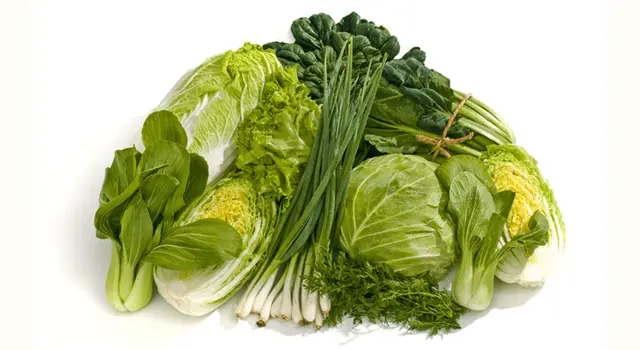
Additionally, in order to store food for several months, it is necessary to vacuum pack the food to prevent it from oxidizing.
Storage period
The storage period varies depending on the type of food and the quality desired when thawed, so the following is only a guideline.
If you vacuum pack it and store it in a commercial freezer at -30℃, it can be stored for about three months. If you use rapid freezer when freezing it, it can be stored for about six months.
blanching sea urchin
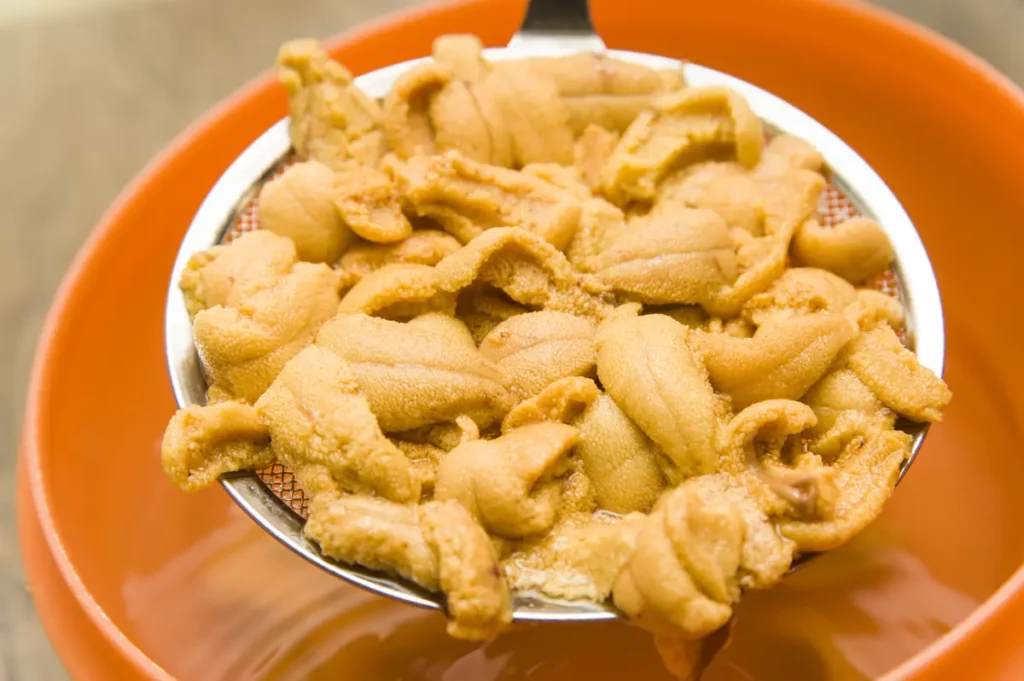
Blanching is also often used when freezing sea urchin. Sea urchin is said to be the most difficult food to freeze, as when frozen, the meat collapses and becomes liquid.
However, sea urchins can also be frozen by soaking them in boiling water or steaming them to harden the surface.
Although the original flavor of sea urchin will be slightly lost, raw sea urchin has a short shelf life, so blanched frozen sea urchin is often available.
Conclusion
What did you think. When vegetables are frozen, they often lose moisture and become limp, but blanching can prevent this moisture to some extent.
It is an essential technique when preserving vegetables for a long period of time, as it suppresses enzyme activity, prevents discoloration, and has a sterilizing effect.
If you want to keep it in better condition for a longer period of time, you can try it at home.
⇒⇒ I would like to discuss how to rapid freezing vegetables.
⇒⇒ Download rapid freezer materials








![[Storage period increased by 30 times! ] Achieving a stable supply of raw whitebait!](https://shunkashutou.com/wp-content/uploads/2016/11/579c55e6d32e1385c250e8e7c3ed59a71.jpg)
![[Sales increased 100 times! ] rapid freezing the signature menu “Ni-katsu sandwich”!](https://shunkashutou.com/wp-content/uploads/2016/11/IMG_02391.jpg)
![[Horse sashimi] We have significantly reduced waste loss with rapid freezer!](https://shunkashutou.com/wp-content/uploads/2016/11/5fda59d0cbcdabde18e58c3c58c09ed0.jpg)




![[Storage period increased from 3 days to half a year! ] Restaurants are expanding their business using wholesale and mail order!](https://shunkashutou.com/wp-content/uploads/2018/04/66c19942ab4ba346fdb64ccc04cde373.png)
![[Reduce loss from 200 kg of oysters to zero] Improve loss and expand business with rapid freezer](https://shunkashutou.com/wp-content/uploads/2018/06/19785ca583a8d3c4041c7c192d041b0d.jpg)














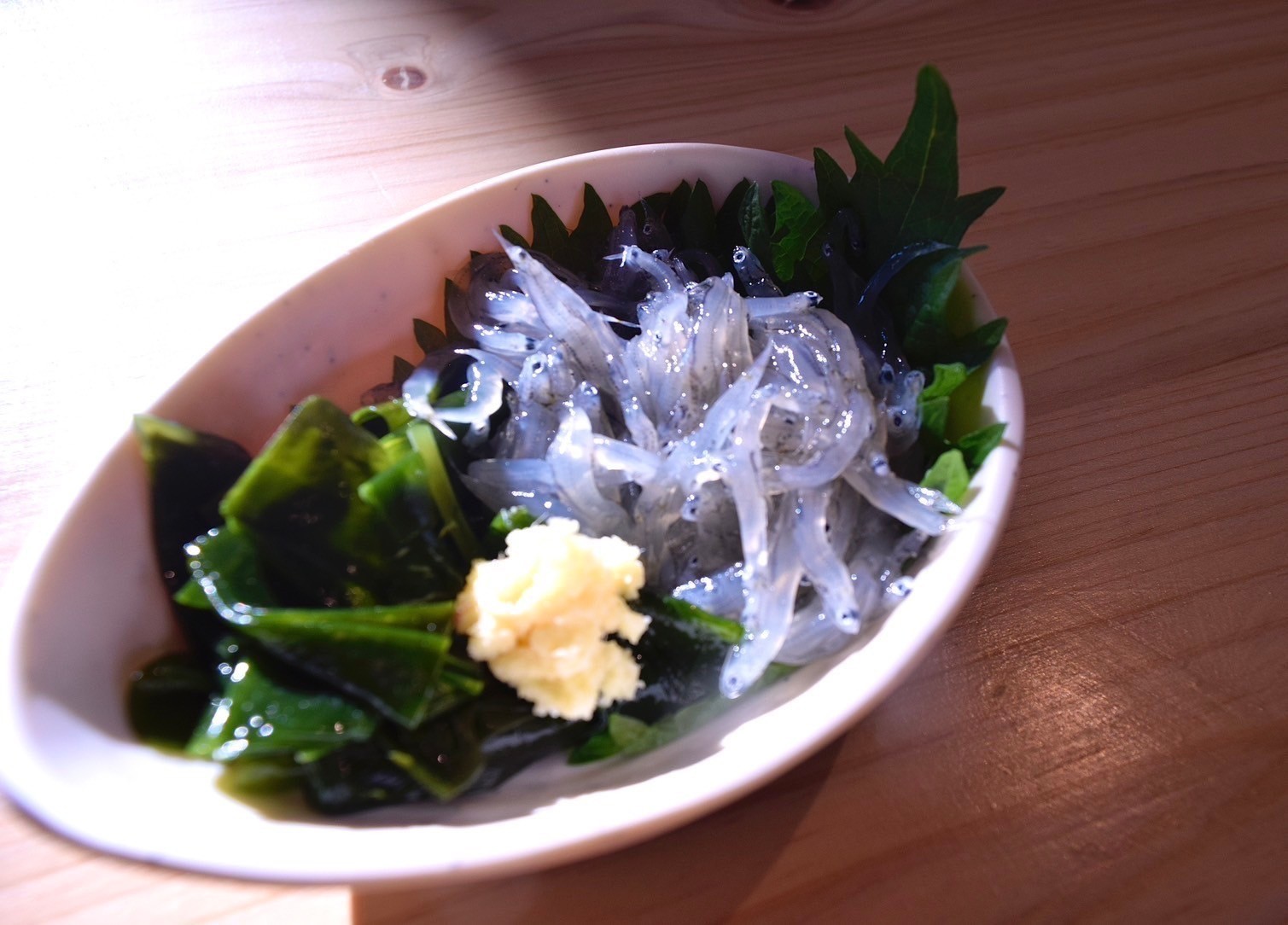
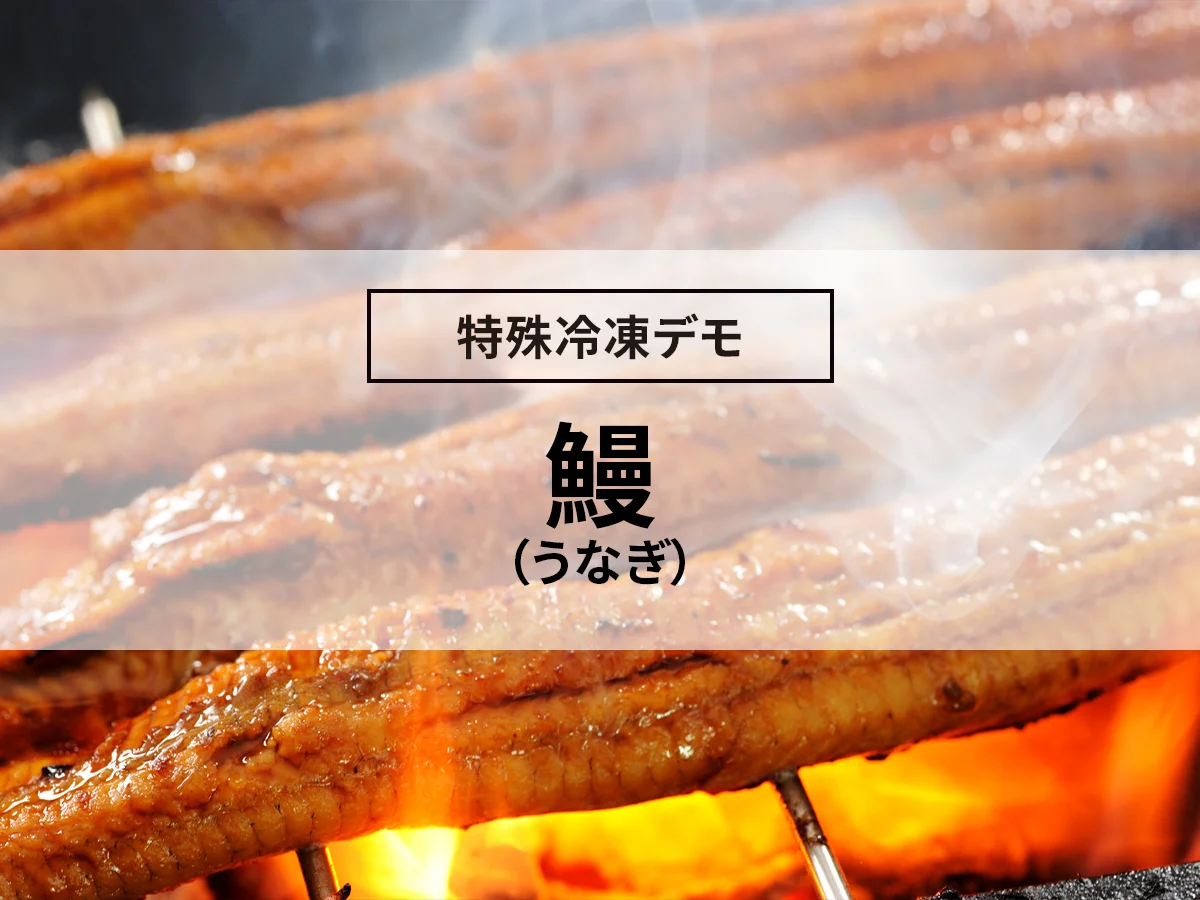
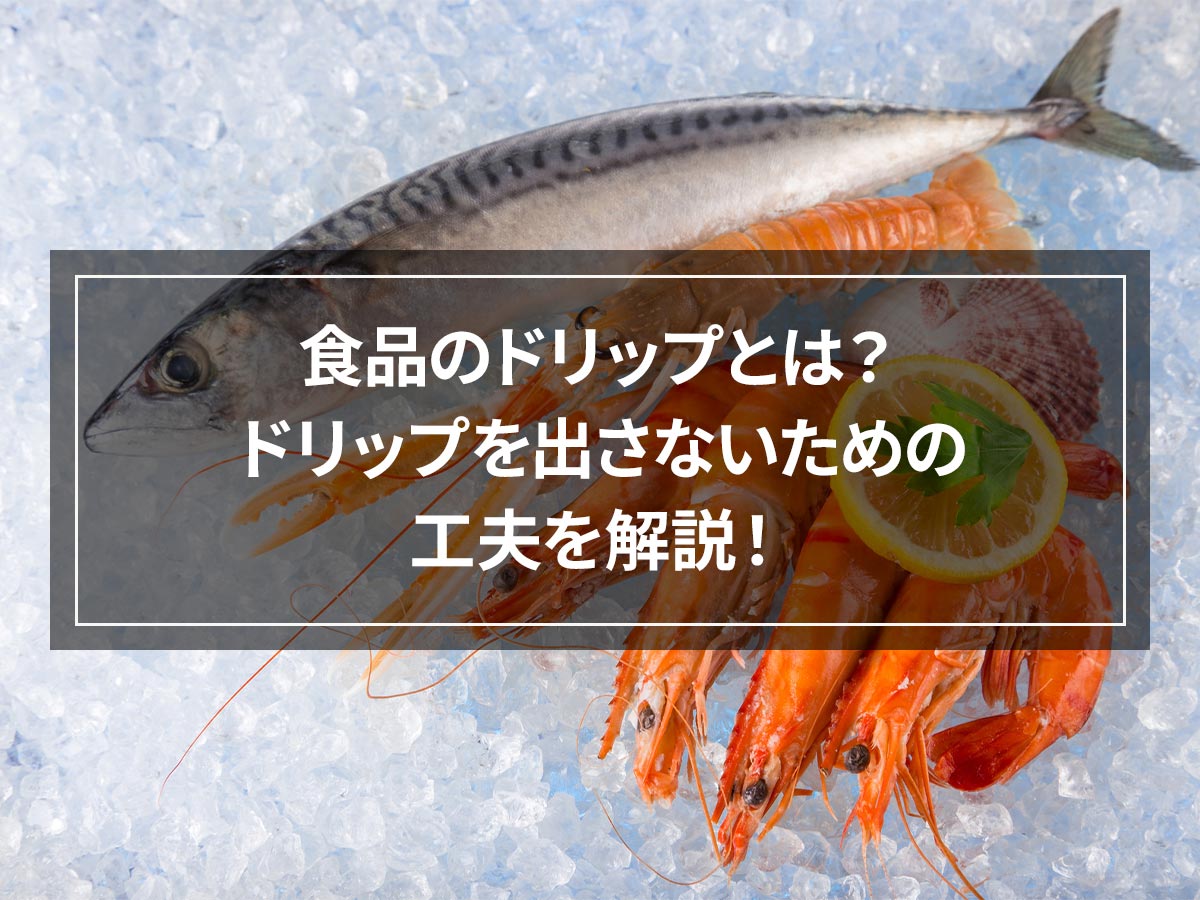
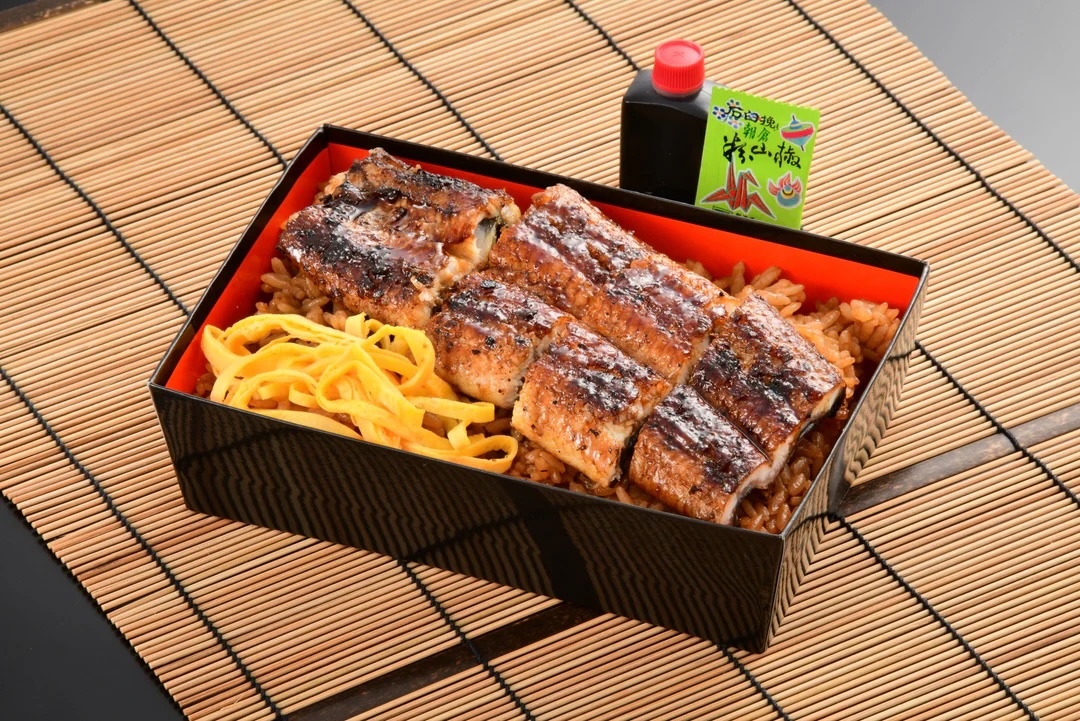
![[Explaining how to freeze fish! ] Introducing storage period and thawing method!](https://shunkashutou.com/wp-content/uploads/2023/08/a794d4ac4e5f56cd881ba06a0edf9449.jpg)
![Introducing how to freeze and thaw whitebait, as well as recipes for its use [Full of nutrition! ]](https://shunkashutou.com/wp-content/uploads/2023/10/04d15012ec36f91a5574f63dfa9d4771.jpg)
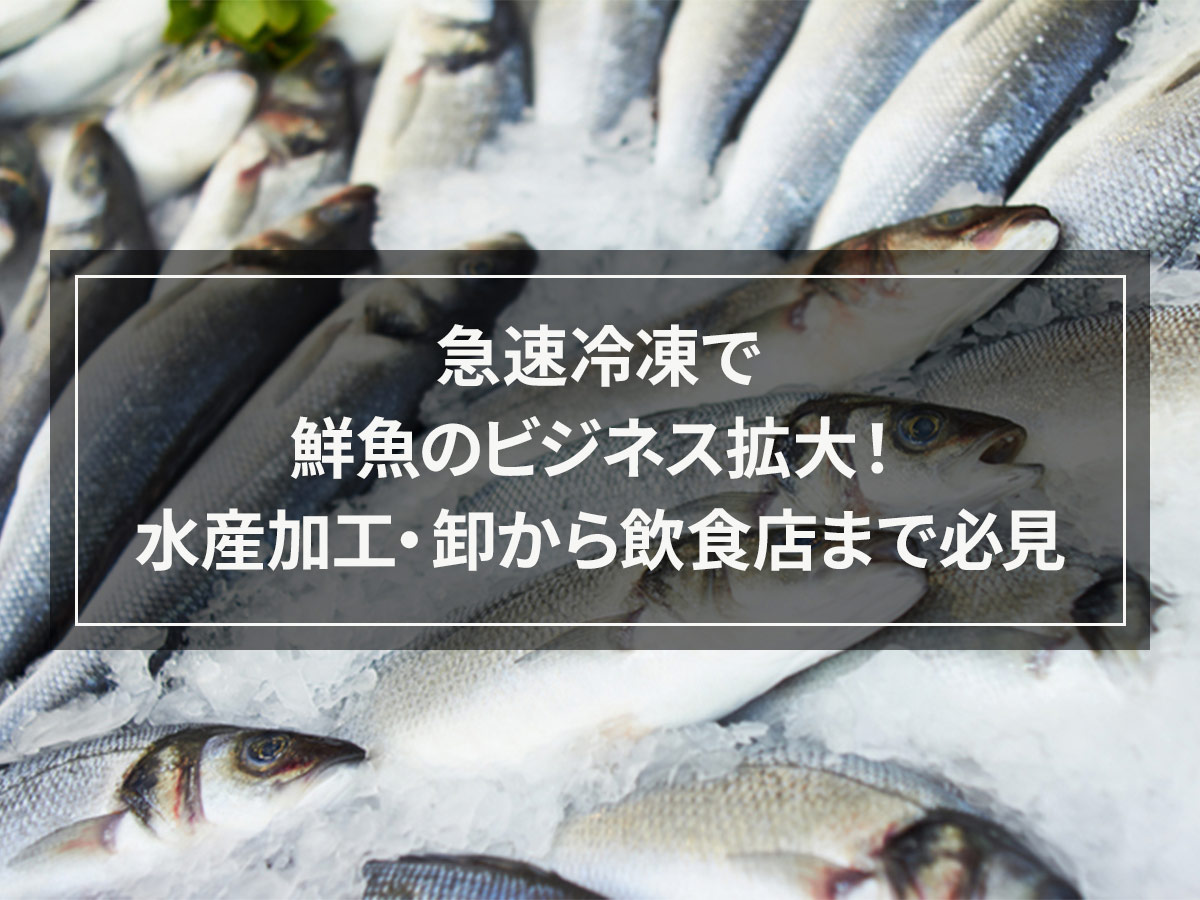
![Introducing how to freeze/thaw salmon roe and how long to store it [includes carefully selected recipes]](https://shunkashutou.com/wp-content/uploads/2023/09/236b884b68d07d2f5983f2b9ea66583d.jpg)
![How to freeze celery, nutrition, and 5 recipes! [Explanation with photos! ]](https://shunkashutou.com/wp-content/uploads/2023/09/serori-768x512-1.jpg)
![Introducing how to freeze ginger and recipes [Explanation with photos]](https://shunkashutou.com/wp-content/uploads/2023/09/myoga4-624x432-1.jpg)
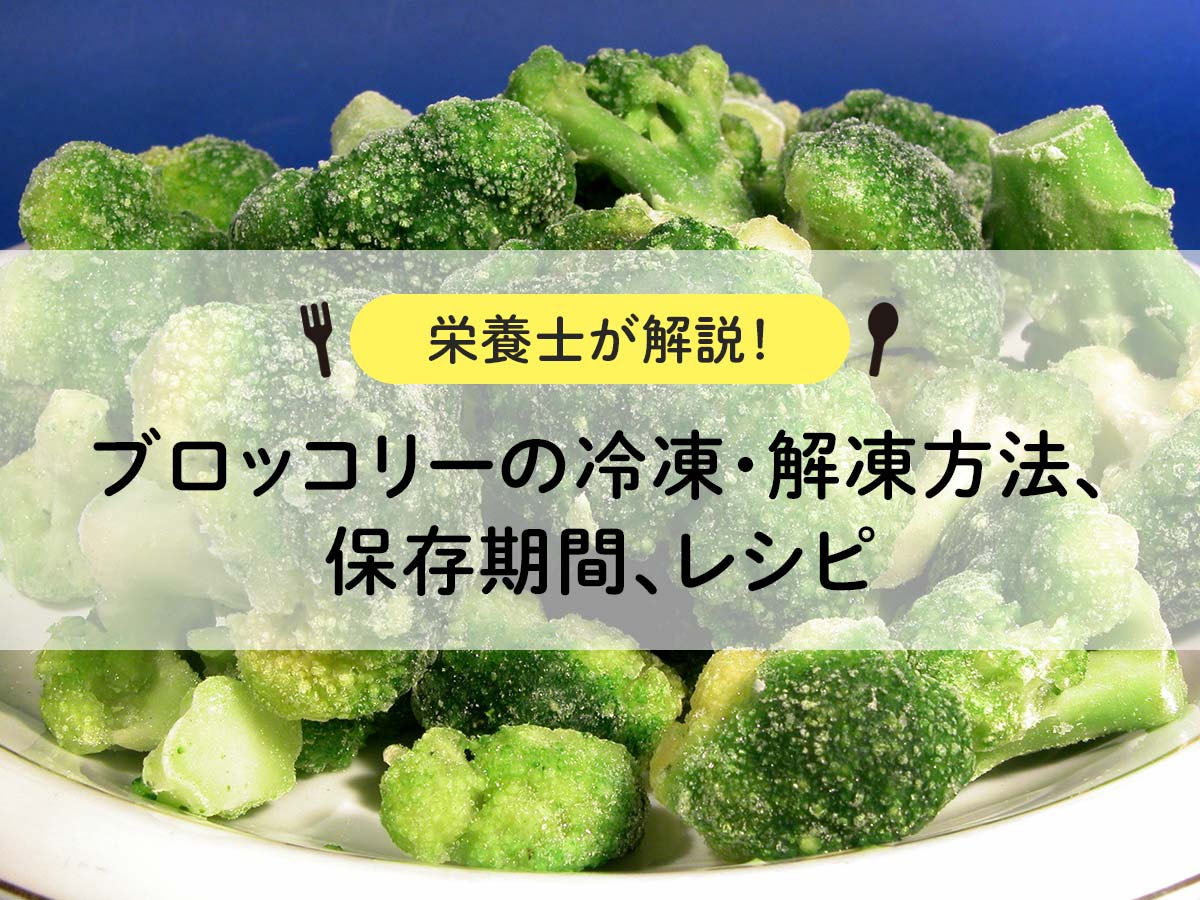
![How to freeze potatoes and a great time-saving recipe! [Moms must see! ]](https://shunkashutou.com/wp-content/uploads/2023/10/potato1-768x512-1.jpg)
![[Long-lasting freshness! ] Explaining the advantages and disadvantages of chilled storage and chilled transportation](https://shunkashutou.com/wp-content/uploads/2024/07/64b437bd976e4ef73a85dbb64cdf9fc8.webp)
![How to freeze bitter gourd and 5 recipes! [Explanation with photos! ]](https://shunkashutou.com/wp-content/uploads/2023/09/8fe0cb793c93d4fd4c26f352d17e5b87.jpg)
![Introducing recipes for freezing and thawing edamame beans [Explanation with photos! ]](https://shunkashutou.com/wp-content/uploads/2023/08/3b6c4c973e0581c14b4460fa13d99a0e.jpg)
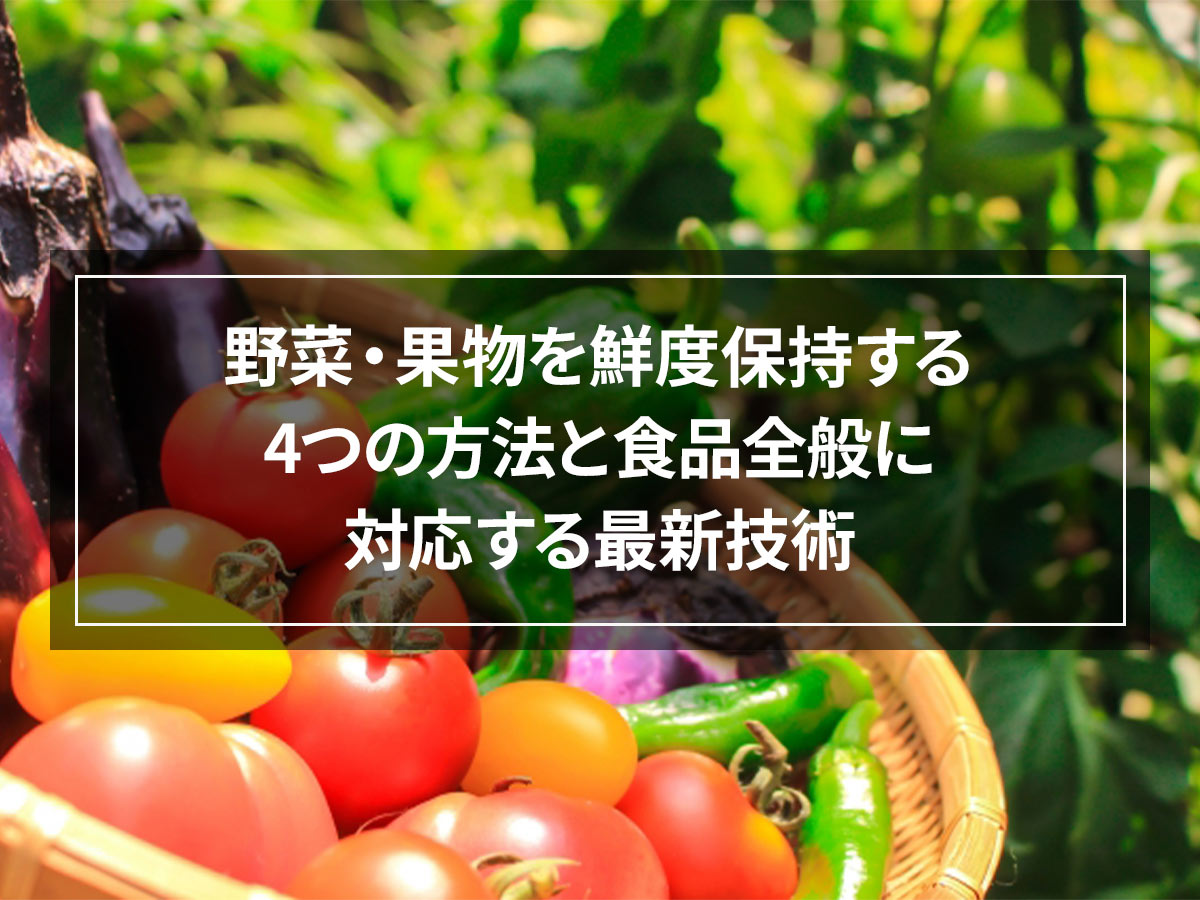
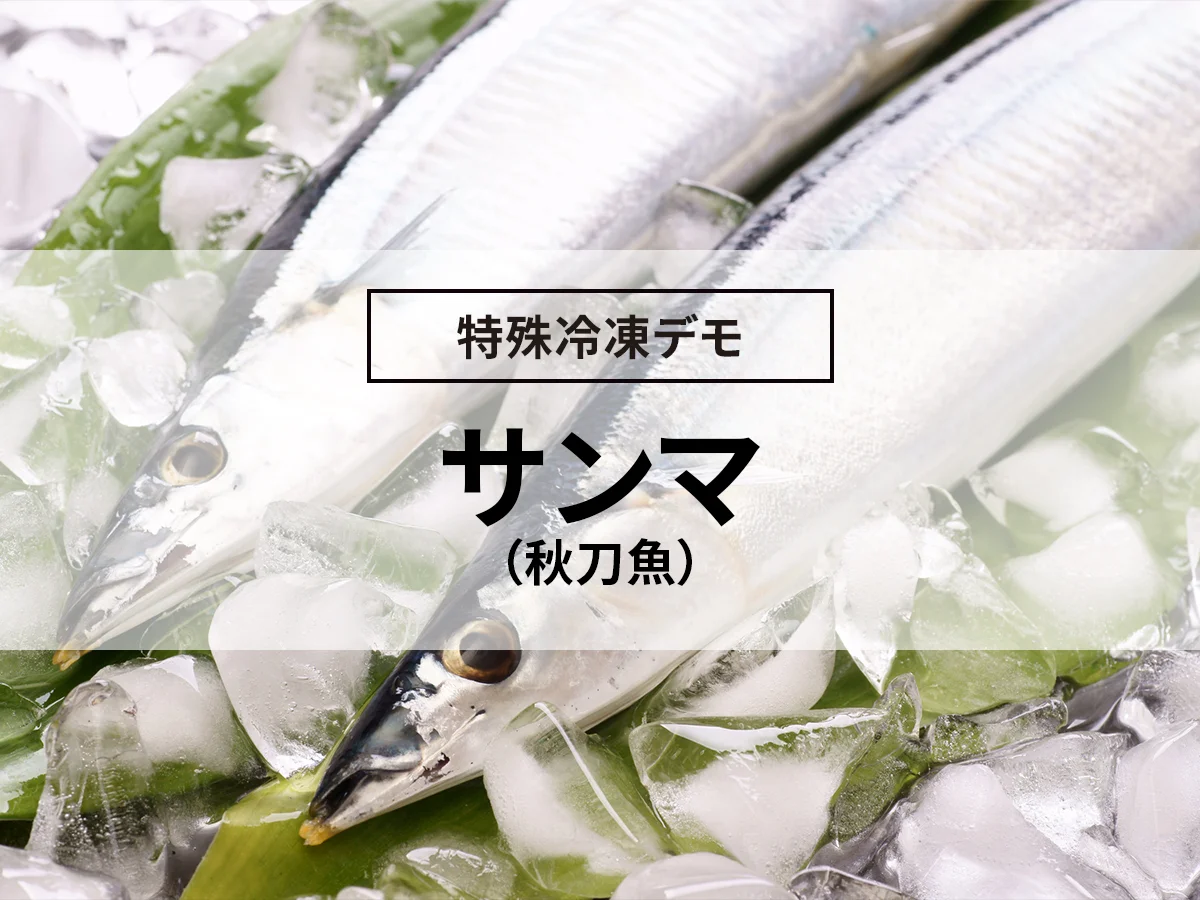
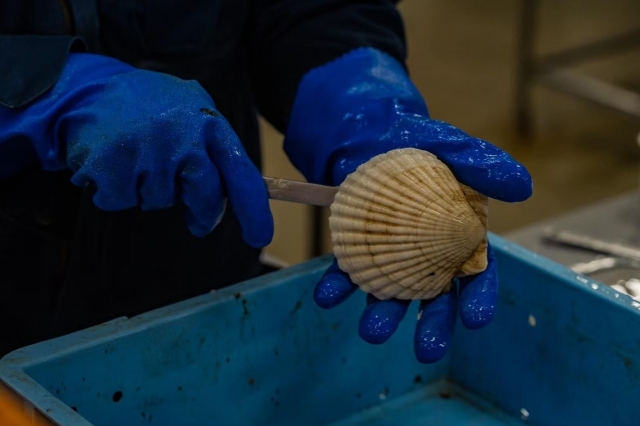
![[How to use leftover sashimi! ] Introducing frozen preservation methods and arrangement recipes](https://shunkashutou.com/wp-content/uploads/2023/10/7451dbe2231dbc559fe002350b8add67.jpg)
![[8 times more nutrition! ] Introducing how to freeze clams, storage period, and 5 recipes](https://shunkashutou.com/wp-content/uploads/2023/10/57204e2a2f115f810e29e365cfc86638.jpg)
![[Need to know] 7 points to thaw frozen crab deliciously](https://shunkashutou.com/wp-content/uploads/2023/08/394440560c05fb5b512d75b81a3fae4f.jpg)

![[Safely distribute delicious fish! ] Kill Anisakis with rapid freezing technology!](https://shunkashutou.com/wp-content/uploads/2024/10/99093c5fe8b0d716c39df907616e4a96.webp)
![[Explanation with photos! ] How to freeze mackerel fillets and 5 carefully selected recipes!](https://shunkashutou.com/wp-content/uploads/2023/10/bf45f102162a8d43387d3a8d3e538034.jpg)
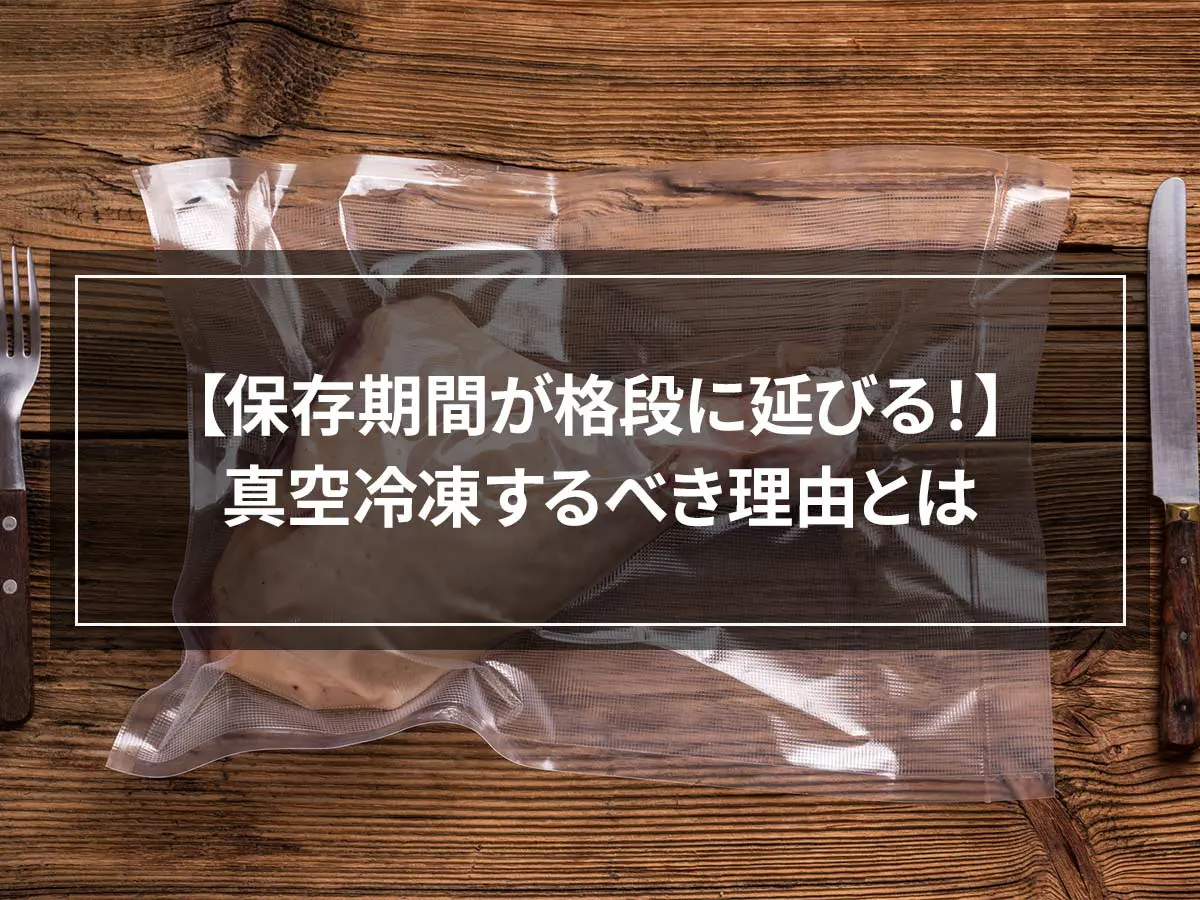
![[Includes recommendations by industry] Summary of types and benefits of small rapid freezer](https://shunkashutou.com/wp-content/uploads/2020/12/smallsize.jpg)
![Thorough explanation of how to freeze eggplant and its storage period! [Explanation with photos! ]](https://shunkashutou.com/wp-content/uploads/2023/08/03fe8d79948a39047616383e2d3fb64a.jpg)
![Introducing how to freeze corn and recipes [Explanation with photos! ]](https://shunkashutou.com/wp-content/uploads/2023/08/195a6cd4120bbae043606a677c71a7dc.jpg)
![[Distribute high quality mangoes! ] New frozen processing of mangoes using rapid freezing!](https://shunkashutou.com/wp-content/uploads/2024/08/4e9ff0df5721aa6f8fbdfae6d56ad787.webp)
![How to freeze mushroom mushrooms, storage period, and 5 recipes! [Explanation with photos! ]](https://shunkashutou.com/wp-content/uploads/2023/09/4b6ffe2ef040e90085b4ee4f0c3e72a9.jpg)
![[Can it be frozen? ] Introducing recipes and methods for freezing avocados!](https://shunkashutou.com/wp-content/uploads/2023/07/7b25b2d45ff983fca2a15b6ad7edf369-1.jpg)
![[Explanation with photos] How to freeze peaches, storage period, and 5 recipes!](https://shunkashutou.com/wp-content/uploads/2023/09/b454a38d482a64b14d55d2560aa4193a.jpg)
![[Explanation with photos! ] How to freeze taro, storage period, and 5 recipes!](https://shunkashutou.com/wp-content/uploads/2023/10/116858380_-768x512-1.jpg)
![[Delicious frozen squid recipe! ] Tips on how to eat squid deliciously and without waste](https://shunkashutou.com/wp-content/uploads/2023/10/f3bc339b6bcaff01bd8e2aaa4257acfe.jpg)
![Explaining how to freeze tempura with photos! [Storage period, thawing, carefully selected recipes]](https://shunkashutou.com/wp-content/uploads/2023/10/51f33cde78d02d01a9e827132e4f069d.jpg)
